By Charles Morris of evannex.com
Yes, we all know by now that Tesla is more than just an automaker. However, this is a fact that we need to keep in mind as the legacy automakers increase their EV efforts. Superficial observers have long assumed that the only thing a VW or a GM will have to do in order to bury tiny Tesla is to produce an EV that’s the equal of the California carmaker’s offerings.
 |
Leaving aside the fact that, so far, the old-line brands have—ahem—not really come close to doing so, this simplistic view ignores the other aspects of Tesla’s business, which offer important synergies with its automotive activities.
Every follower of the electric vehicle scene is aware of the tetra-trend that is transforming the auto industry: electrification, connectivity, autonomy, and new vehicle ownership models. Tesla’s strategy centers around setting the pace in these four fields—but these aren’t the only areas in which the California carmaker has an edge.
Tesla’s competitive advantages in electrification—industry-leading battery technology, the gold-standard Supercharger network—have been discussed in great detail in this space. So has the company’s leading position in connectivity, which flows from the fact that its vehicles are built around a single, integrated computer architecture, unlike the hodgepodge of separate hardware and software modules found in legacy vehicles. Ian Wright summed up this situation for me in a 2014 interview, and it’s amazing to find that, six years later, little has changed.
Many observers have written that Tesla has a head start of at least five years over the legacy brands in the software department (some estimate the gap to be six years or even more).
Tesla’s advantages in autonomy dovetail with the trend away from traditional car ownership, and towards car-sharing models. If the company’s plan to develop a network of Robotaxis comes anywhere near to reaching its potential, it will utterly transform the auto industry (and many other aspects of human society). If Tesla can offer a vehicle that can generate income while you sleep—the opposite of today’s automotive money pit—it truly would be pointless to own anything else.
Yes, Elon Musk has been promising us Robotaxis since 2016, and I for one haven’t ridden in one yet. However, Tesla has been reporting incremental progress on a regular basis, mostly ignored by the mainstream press. Consumer Reports’ recent anointment of Cadillac’s Super Cruise as the best of current driver-assistance systems inspired a spate of “Tesla’s finished” articles that totally missed the point. CR gave the Cadillac system top marks not because it worked better than Tesla’s Autopilot, but because “it uses direct driver monitoring to warn drivers that appear to have stopped paying attention to the road.” Neither Cadillac nor any other legacy automaker has indicated plans for anything approaching the ambition of Tesla’s Robotaxi ecosystem.
Electric Robotaxis can be thought of as the culmination of the transformative tetra-trend we discussed above, but Tesla has even more disruptors in the pipeline. Sarwant Singh of Frost & Sullivan has identified no less than seven transformative strategies that fit into Tesla’s master plan, which he summarized in a recent article in Forbes.
Tesla Energy, which Elon has predicted could eventually be bigger than the company’s auto business, continues to shatter its own records—the latest news concerns a 450 MWh battery storage system in Victoria, Australia, three times bigger than the “world’s biggest” that we touted a couple of years ago.
There’s more: the new Autobidder software, which offers a flexible way to tie stationary batteries into the power grid; JB Straubel’s ambitious plans to create a circular battery ecosystem—Tesla is beginning to resemble an enormous, planet-straddling octopus, with arms that reach into every segment of the transportation and energy industries.
